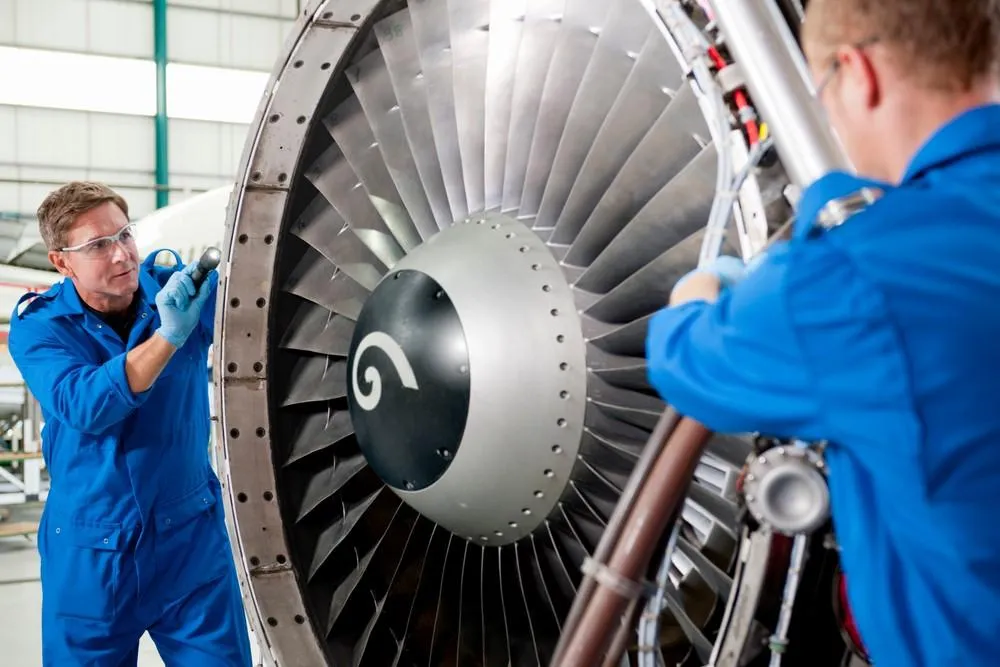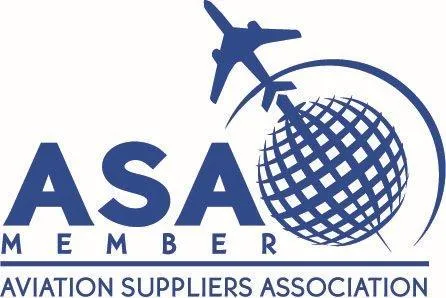
What Happens When Aircraft Parts Are Not What They Seem?
w The integrity of aircraft parts is fundamental to the safety, performance, and reliability of global aviation operations. Every component installed on an aircraft undergoes rigorous engineering, certification, and maintenance processes designed to ensure flawless functionality. When aircraft parts are not what they appear to be, whether counterfeit, misrepresented, or lacking proper documentation, the risks extend far beyond financial consequences. Understanding how counterfeit and misrepresented parts enter service is critical to protecting the future of aviation.
How Misrepresented Parts Enter Global Fleets
Aircraft parts circulate through a highly complex global supply chain involving OEMs, distributors, brokers, MROs, and operators. The process becomes vulnerable when components pass between multiple parties, especially during asset transitions, overhauls, or supply chain disruptions.
Misrepresented parts often originate from unauthorized vendors who forge documentation, including falsified Authorized Release Certificates (ARCs) or EASA Form 1s, to bypass compliance barriers. Without robust verification systems, these parts infiltrate fleets undetected.
A documented case in 2024 involved counterfeit titanium within fuselage and wing components built by Spirit Aerosystems for Boeing and Airbus aircraft. The titanium had falsified conformity documentation, and only its inconsistent appearance prompted further investigation at Spirit.
The embedded titanium impacted parts on Boeing 737 Max, 787, and A220 aircraft were produced between 2019 and 2023. Subcontracted suppliers used forged certificates claiming the material came from reputable sources when, in fact, it originated from an unknown Chinese company. The inspection revealed that it lacked proper metallurgical properties, making it unsuitable for critical airframe use. Discovery led Spirit to quarantine suspect parts and trigger a broad FAA investigation into the issue.
Another common entry point occurs during maintenance events when operators source parts quickly to avoid grounding. Under pressure to meet deadlines, teams may accept components based solely on surface-level documentation checks. Without digital back-to-birth traceability, confirming a part’s full history becomes nearly impossible during urgent repairs.
Supply chain complexity exacerbates the problem, as parts may change ownership several times before installation. Each transfer increases the likelihood of documentation errors, misrepresentation, or intentional fraud, especially when the systems in place are not designed for transparent, end-to-end traceability.
The Safety Risks of Misrepresented Aircraft Parts
Aircraft parts that are not what they seem introduce catastrophic risks that compromise both mechanical integrity and flight safety. Visual inspection cannot detect internal material flaws, incorrect manufacturing processes, or substandard repair procedures hidden behind forged documents. When components fail to meet certified specifications, the consequences can escalate from mechanical failures to life-threatening emergencies.
Undetected counterfeit parts also compromise predictive maintenance models. Aircraft operators depend on accurate lifecycle data to determine inspection intervals, fatigue limits, and replacement schedules. When parts histories are fabricated, maintenance schedules become unreliable, increasing the probability of unexpected failures.
Inaccurate component data extends risk beyond the individual aircraft. Airlines must consider fleet-wide exposure if a supplier is found to have distributed non-compliant parts. Regulatory agencies frequently respond with mandatory inspections across entire fleets, forcing airlines to ground aircraft until authenticity is verified.
Financial and Operational Fallout from Faulty Aircraft Parts
The financial impact of misrepresented aircraft parts is severe and wide-ranging across the aviation ecosystem. Airlines face millions in unplanned expenses for grounding affected aircraft, sourcing replacement parts, and performing emergency inspections. A 2024 Reuters report highlighted that the global financial burden associated with counterfeit parts exceeded $2 billion over three years.
Aircraft with unverifiable or incomplete maintenance records suffer devaluation during sales, lease returns, or refinancing events. Lessors often refuse asset redelivery if back-to-birth documentation cannot be produced for every installed component.
MRO providers incur operational delays as additional labor is diverted toward verifying part authenticity through teardown inspections or destructive testing. Every hour spent validating parts reduces overall maintenance capacity and extends turnaround times for customers. Warranty disputes also become commonplace when OEMs reject claims related to failures caused by undocumented components.
Legal liability multiplies when investigations link mechanical failures to counterfeit parts. Airlines, lessors, and MROs may face lawsuits, regulatory penalties, and insurance claim denials. The reputational damage alone can impact investor confidence, customer trust, and long-term financial stability.
Why Verification Processes Fail Across the Aviation Supply Chain
Current verification processes are fundamentally limited by their reliance on fragmented, paper-based documentation. Maintenance personnel often depend on reviewing PDFs, scanned ARCs, and physical logbooks that are vulnerable to forgery, loss, or degradation over time. Without centralized, tamper-proof records, identifying counterfeit or misrepresented aircraft parts becomes a labor-intensive and error-prone task.
Supply chain complexity compounds this problem. When a part changes hands between OEMs, distributors, brokers, and multiple operators, tracking its lifecycle becomes increasingly difficult. A 2025 Aviation Week survey revealed that 38% of MROs and operators report persistent difficulties verifying part histories due to incomplete or incompatible records.
Fraudulent actors exploit these weaknesses using sophisticated forgery techniques that can fool visual inspections and manual audits. Paper-based records lack the cryptographic security features that modern digital solutions provide, making it nearly impossible to detect forgeries without cross-referencing multiple disjointed systems.
Time pressure during maintenance operations further limits thorough verification. In high-pressure situations, such as AOG (Aircraft on Ground) scenarios, teams prioritize getting aircraft back into service quickly. Without automated traceability tools, the ability to confirm component authenticity is compromised, thereby increasing exposure to counterfeit risks.
Protect Your Fleet With Verified Aircraft Parts
Aircraft parts are the backbone of aviation safety, reliability, and operational success. ProvenAir delivers an advanced digital traceability solution that ensures every component in your fleet is fully verified, compliant, and backed by tamper-proof documentation. Our platform streamlines audits, accelerates maintenance, and eliminates the risks associated with counterfeit and misrepresented aircraft parts. Learn how ProvenAir safeguards your operations today.


